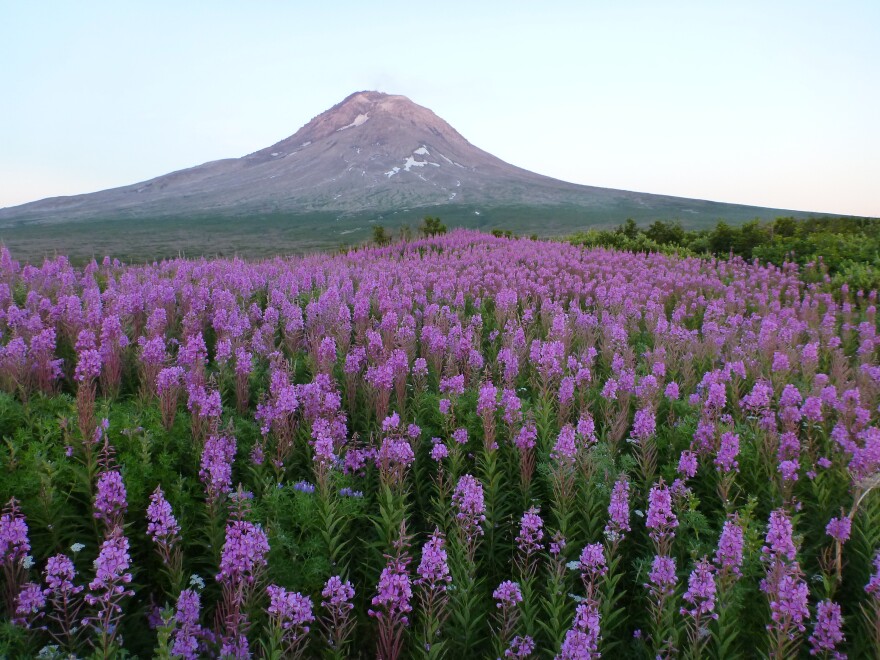An Alaska geothermal energy company can now secure a prospecting permit for Augustine Island, in lower Cook Inlet.
A June 30 final written finding from the state's Division of Oil and Gas means GeoAlaska LLC can sign for a two-year permit to look for energy on the south side of the active volcano, where company CEO Erik Anderson believes the geology shows promise. He said the company will be applying for a permit at Augustine and has already started bringing on geothermal energy experts onto the project.
Geothermal energy can be harnessed from the heat below the earth’s surface in the form of steam or water. It’s a renewable resource, since there’s no shortage of heat there. And like other renewables, it can be used to heat homes or generate electricity.
Before it starts to drill, GeoAlaska needs to know whether a 3,047-acre parcel at the volcano has real energy potential. GeoAlaska wants to lease that land from the state through its geothermal program to look into the resource.
GeoAlaska is also prospecting for energy at Mount Spurr, west of Tyonek. Anderson said in April the company is interested in Spurr and Augustine in particular since they’re relatively close to Alaska’s main energy grid, where the company would try to sell any energy it can harness.
There have been efforts to explore Spurr in the past, none of which resulted in any energy production.
But every volcano is different. Gwen Holdmann, director of the Alaska Center for Energy and Power in Fairbanks, said Augustine might have more heat closer to the surface than Spurr does.
"So it actually could be a better bet to potentially figure out a way to develop a project out there," she said. "The challenge is that it’s further away, it’s more remote. And so the cost of actually connecting any kind of a geothermal development that you would have there to some place where you could feed it into the grid is a little bit more challenging for Mount Augustine. And that may be the limiting factor when it comes to the economics of developing a project."
She noted that it can be hard, and expensive, to tap into geothermal energy resources. But she said she’s excited about the project. And she said if volcanoes like Augustine can be developed, they show a lot of promise as a renewable energy resource in Alaska.
"The availability of geothermal is much, much higher than a variable renewable resource than wind or solar or something like that," Holdmann said. "So it can be a really ideal renewable resource to develop and put on the grid."
Anderson, the GeoAlaska CEO, agreed. And he said it's right time to be looking into more energy sources since oil and gas company Hilcorp just announced it’s reevaluating its natural gas contracts on the Railbelt. Homer Electric Association gets 86 percent of its energy from Hilcorp natural gas today.
Once GeoAlaska gets a hardcopy of the final decision from the state in the mail, to has 30 days to return a signed permit and post the first year’s rent at $3 per acre, per year, said Sean Clifton with the Alaska DOG.
That’s just the first step in the process. The company might still have to look for more permits for on-the-ground activities.





